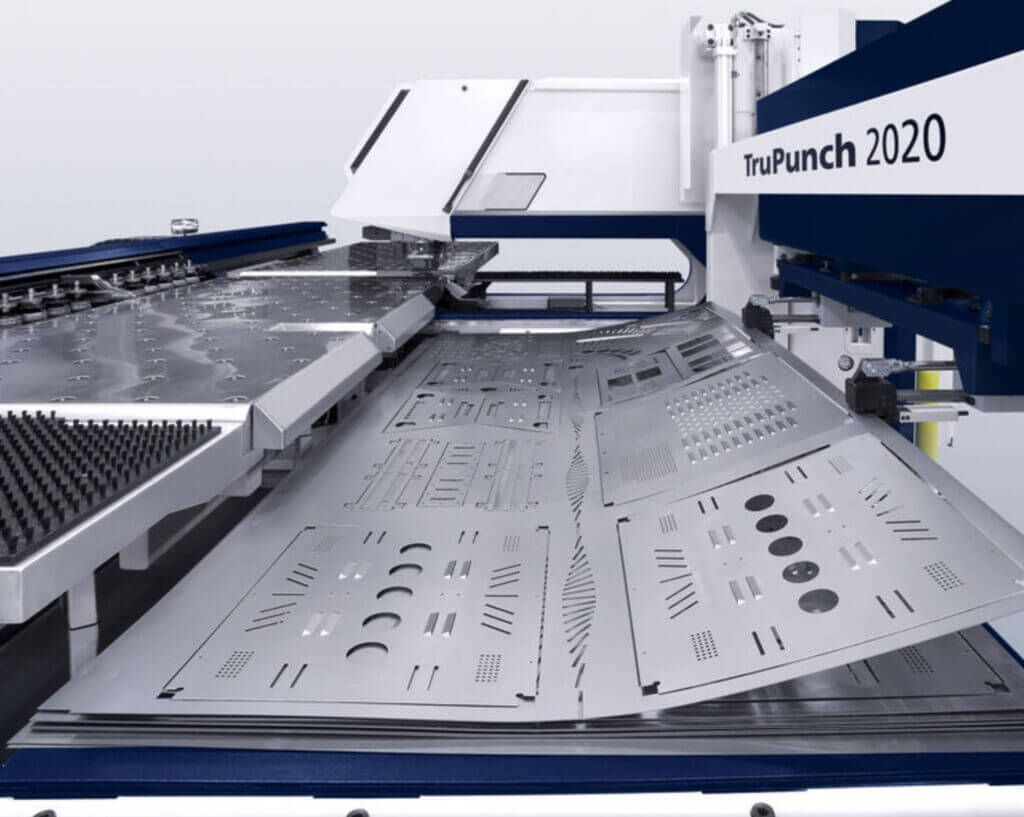Benefits Of Stamping And Punching For Efficient Part Production
- by Hanryk® Team
- January 15, 2022
Stamping and punching are two popular manufacturing techniques that are commonly used in the production of metal parts. Both methods involve using a press to apply force to a metal sheet or coil, with stamping typically used for forming, embossing, and bending, and punching typically used for creating holes and slots. Together, these methods offer a number of benefits for efficient part production.

High Speed and Efficiency
One of the primary benefits of stamping and punching is their high speed and efficiency. Both methods can produce parts at a very rapid pace, with some machines capable of producing up to 1,200 parts per minute. This makes them ideal for high-volume production runs, where fast turnaround times and low costs are critical.
Cost-Effectiveness
Stamping and punching can also be highly cost-effective compared to other manufacturing methods. This is largely due to the high speed and efficiency of the processes, which allows for a lower cost-per-part compared to other methods like CNC machining or casting. Additionally, the tooling costs for stamping and punching are often lower than other methods, making it easier for manufacturers to start production quickly and cost-effectively.
Precision and Consistency
Stamping and punching can also produce highly precise and consistent parts. This is because the tooling used in the process is designed to produce parts to exact specifications, ensuring that each part is identical to the last. This level of precision is critical for many industries, including automotive and aerospace, where even small deviations from specifications can have serious consequences.
Versatility
Stamping and punching are also highly versatile manufacturing techniques, capable of producing a wide range of parts with varying levels of complexity. From simple stamped metal brackets to complex punched and formed sheet metal enclosures, these techniques can be adapted to a wide range of part designs and requirements.
Material Savings
Finally, stamping and punching can also help to save material compared to other manufacturing methods. This is because the processes can produce parts with very little waste, especially when compared to other methods like casting, which can generate significant material waste due to the need for gating and runners.
In conclusion, stamping and punching offer a number of benefits for efficient part production, including high speed and efficiency, cost-effectiveness, precision and consistency, versatility, and material savings. With these benefits in mind, it’s clear that stamping and punching are an excellent choice for many manufacturers looking to produce high-quality metal parts quickly and cost-effectively.

